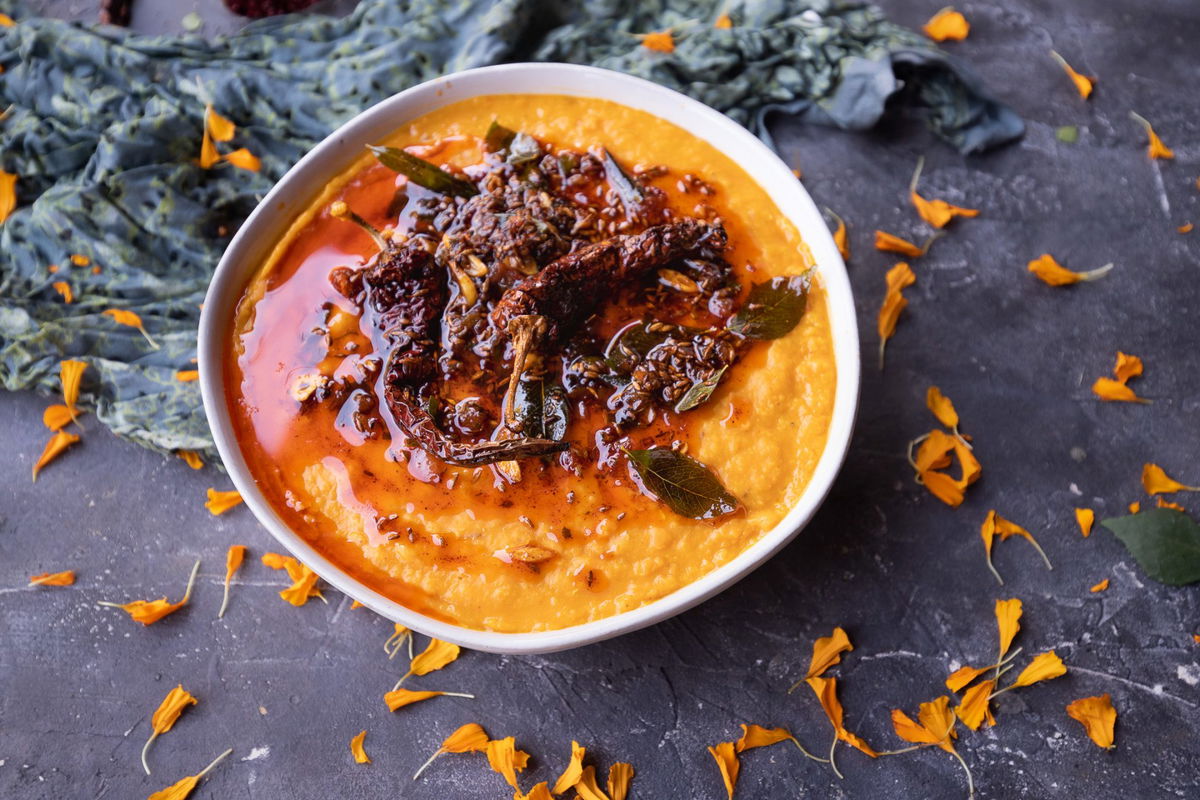What is Turmeric
Turmeric is a seasoning spice that comes from a rhizome (think ginger). Turmeric has a subtle flavor that many foods don’t taste right without. With its strong yellow coloring, turmeric also gives many Indian foods “the right look” — many Indian foods are colored with turmeric and simply don’t look right without it.
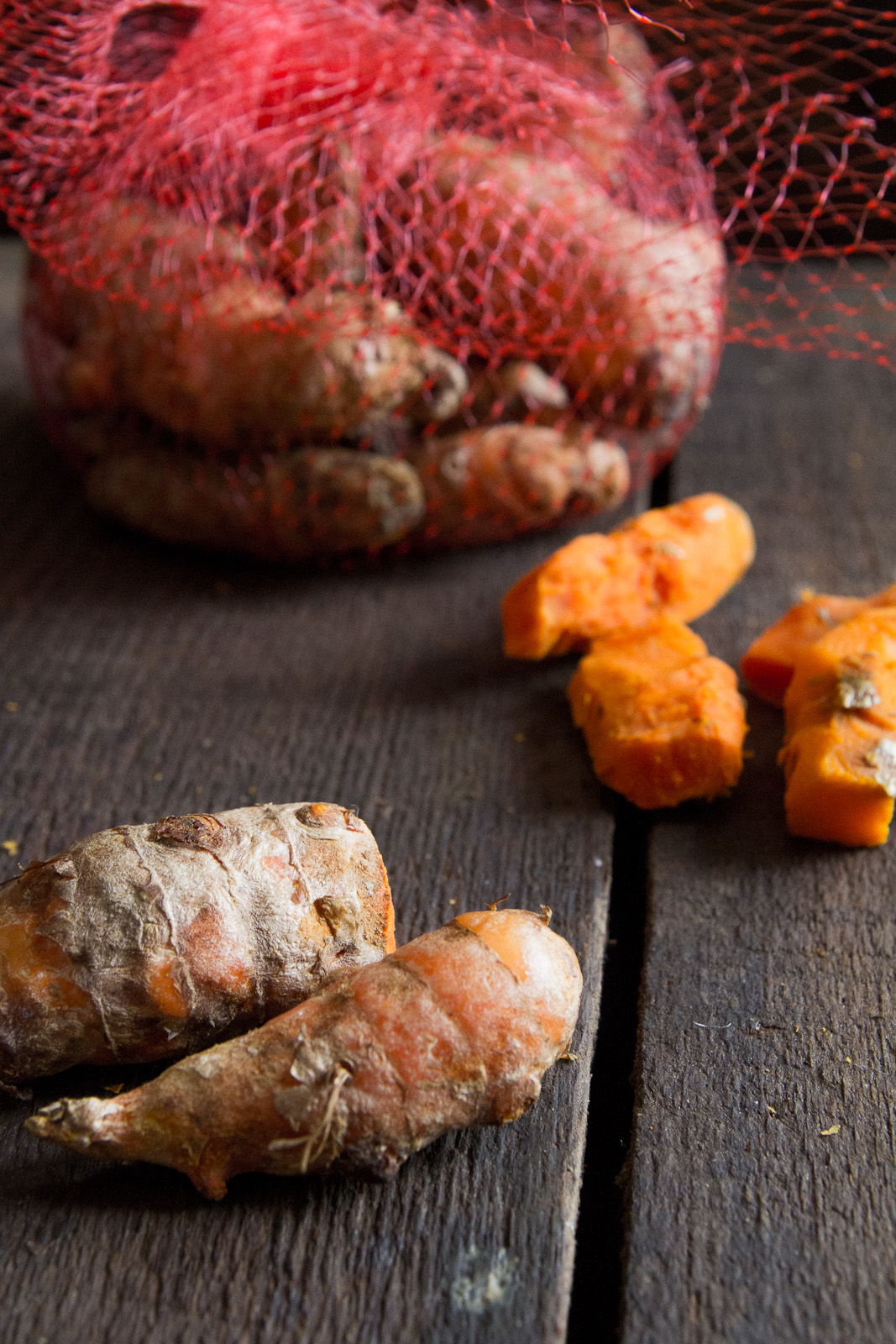
Turmeric is known for being incredibily healthy. According to Ayurveda, turmeric is inflammatory, healing, and antiseptic. Indians don’t just eat it, we use it topically to treat wounds, in a cosmetic facemask, and some even use it as toothpaste.
The active ingredient in turmeric is curcumin. Curcumin is oil soluble, which means it can be added to food earlier on, in the vaghar (tadka) stage. You add turmeric to hot oil to release these compounds into the food.
What does turmeric taste like?
Turmeric has a mild, gingery flavor. It is earthy and slightly bitter. But it does not have a strong flavor and turmeric can be added to just about anything without causing problems for a dish.
Turmeric can be bought fresh, whole dried, or as powder.
Fresh turmeric is used for pickles, juices, and teas. It has a similar juiciness to ginger and some of sharpness. I frequently make a fresh turmeric pickle, an Indian condiment that goes with just about any Indian dish. I also love to snack on by itself for the subtle flavors and rewarding crunch of the fresh turmeric.
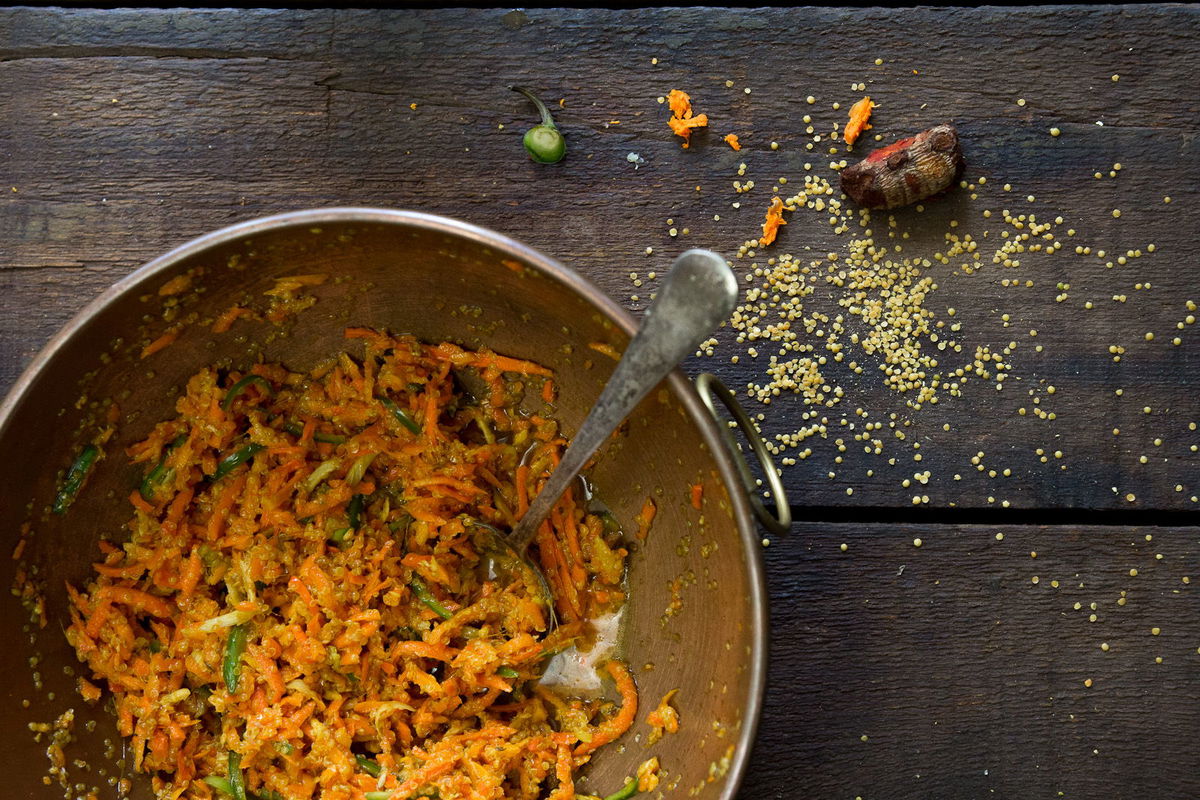
Whole dried turmeric can be purchased and ground into a powder. It’s important to get turmeric powder from sources that you trust. Unscrupulous sellers will add yellow lead chromate to turmeric as a bright yellow filler.
In India, we would buy whole, dried turmeric and take it to a separate spice miller. The spice miller would grind it into powder. This was to make sure it was not adulterated.
Ground turmeric powder is used in curries, rice, and vaghar. It is added to nearly any savory Indian dish, like moong dal. It can also be added to milk to make haldi doodh (turmeric milk), sometimes called Golden Goddess Milk.
The Turmeric Plant
It is no coincidence that ginger and turmeric look so much alike, or that they are both so important in Indian food. They are both rhizomes of plants that are native to India, and they are from the same plant family, Zingiberaceae, the ginger family.
A rhizome is a part of a root system that bulges out to act as food and nutrient storage. Much like bulbs, after harvesting, or when a plant is cut away, plants are able to regrow themselves from these food stores. You can grow ginger and turmeric from the roots you buy in the store.
The plants look a lot alike, they have short stalks clustered together, and long leaves. There is a third member of the ginger family that is also very important and has a similar look, cardamom.
The Color of Turmeric
Turmeric has an intense yellow color. In fact, you will often found it used just as a colorant in natural foods that are yellow, way healthier than yellow food dye.
That said, there are two other varieties of turmeric, white and black (or blue). I have never encountered black turmeric, it seems to be much of a specialty product currently marketed by the supplement industry. But white turmeric a common in India.
We would often make our pickles with a mix of half white and half yellow turmeric. White turmeric has a slightly different flavor, even more mild that yellow turmeric. White turmeric is also known as “amba harder,” or “mango turmeric,” because it has an almost mango-like flavor.
That color can be trouble when you are cooking something. It frequently splatters onto my counter and does not come clean with simple wiping. I use a bleach spray to get rid of it. Also, touching fresh or wet turmeric will dye your skin, and that can last for days.
Saffron v Turmeric
Many people color their rice with saffron to give it a pretty yellow streak. I often do not like to do that because of the noticeable flavor that saffron adds to the rice, so I use turmeric. This adds only a mild, barely noticeable flavor. See our post on “How to Make Restaurant Perfect Basmati Rice” for more details on how to do this.
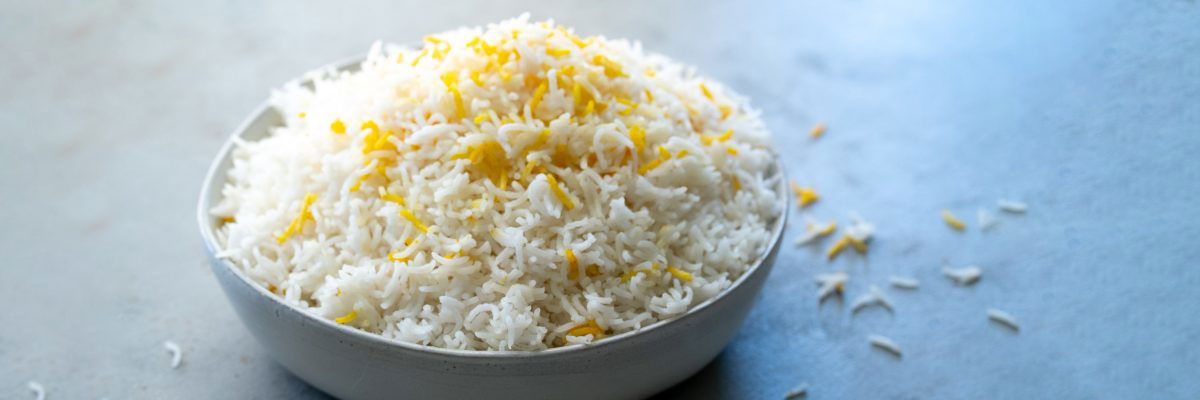
Ways to Eat Turmeric
-
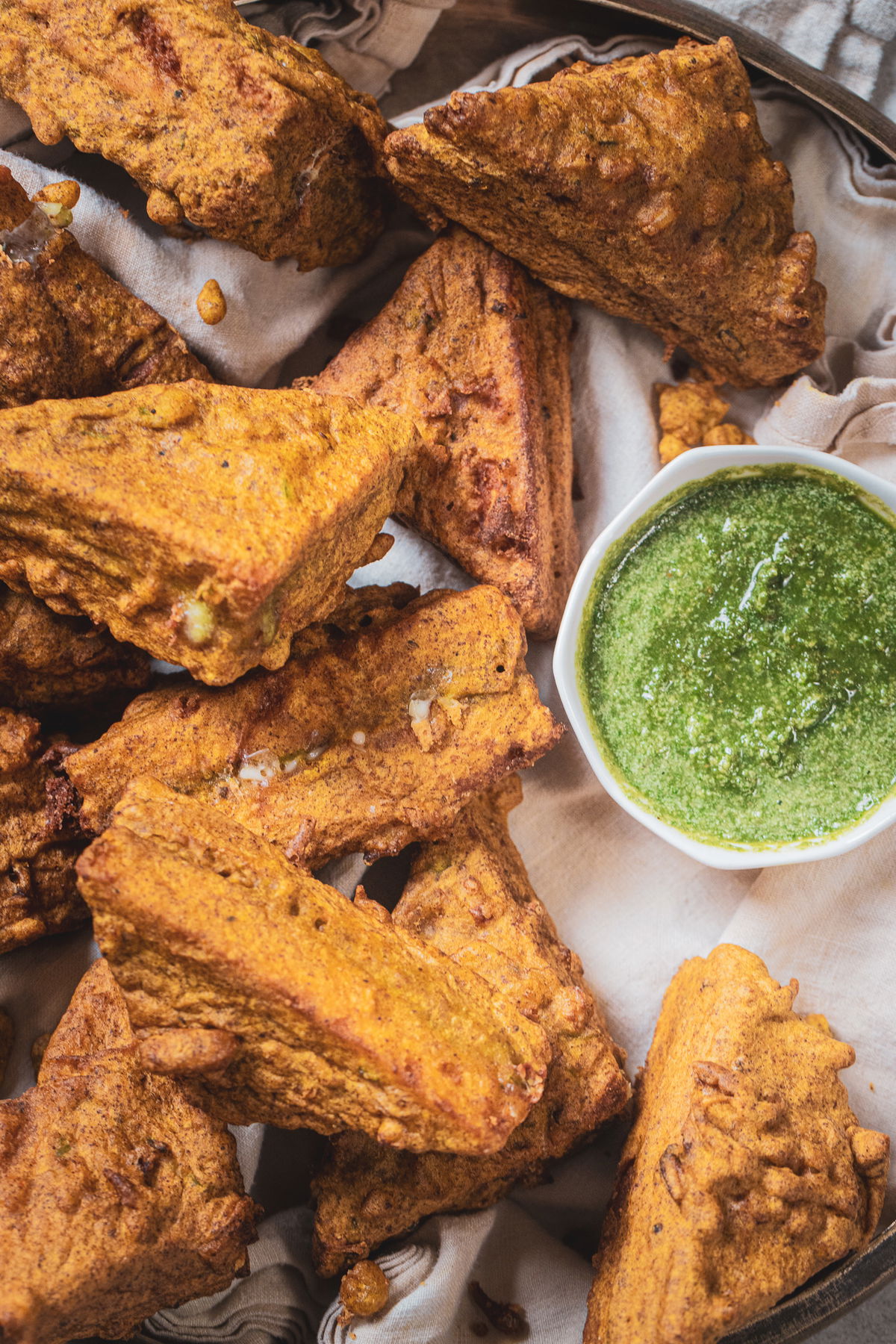
Chutney-Cheese Bread Pakora (Bread Bhajiya)
-

Surti Undhiyu in the Instant Pot
-
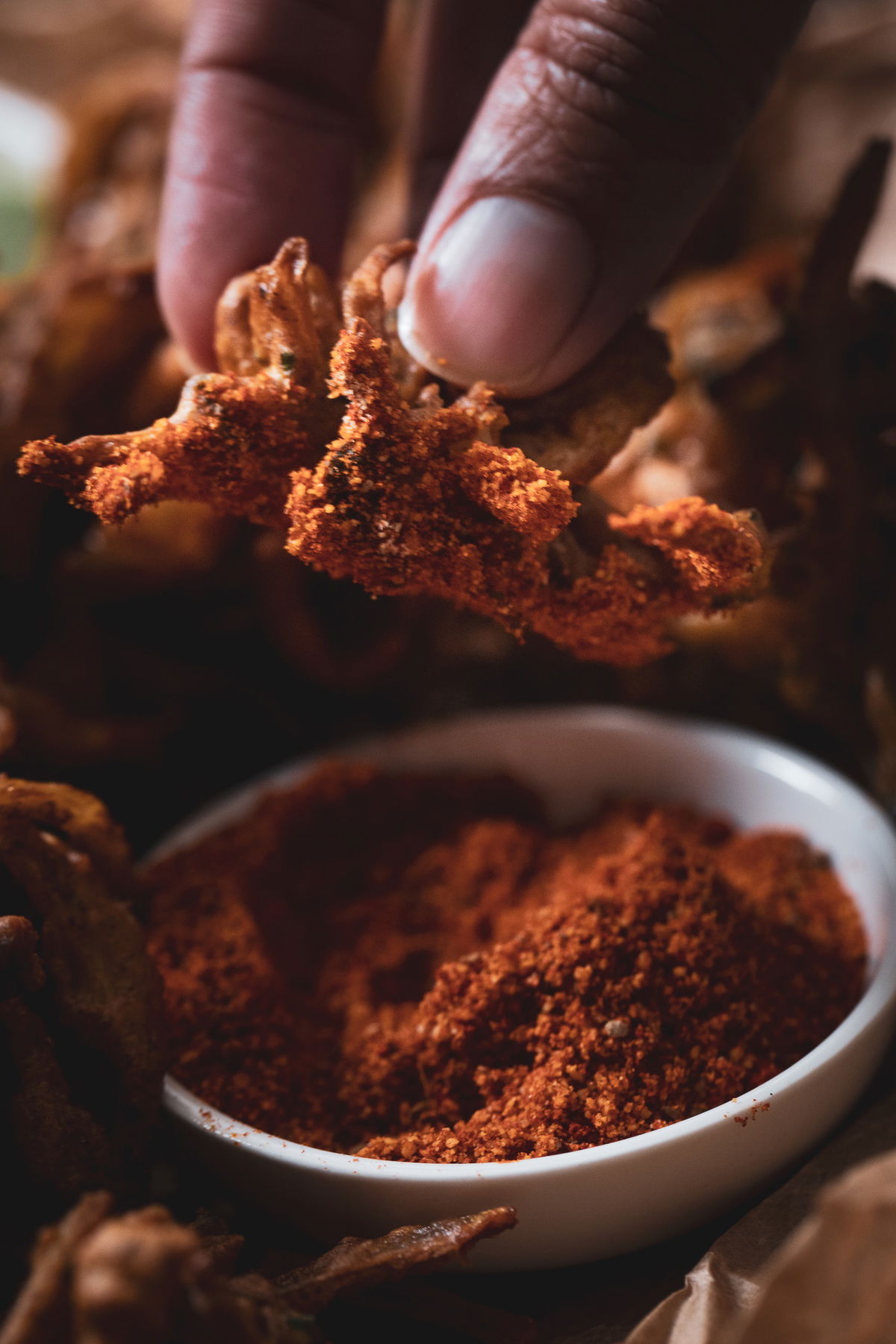
Kanda Bhaji (Maharashtrian Onion Pakora)
-
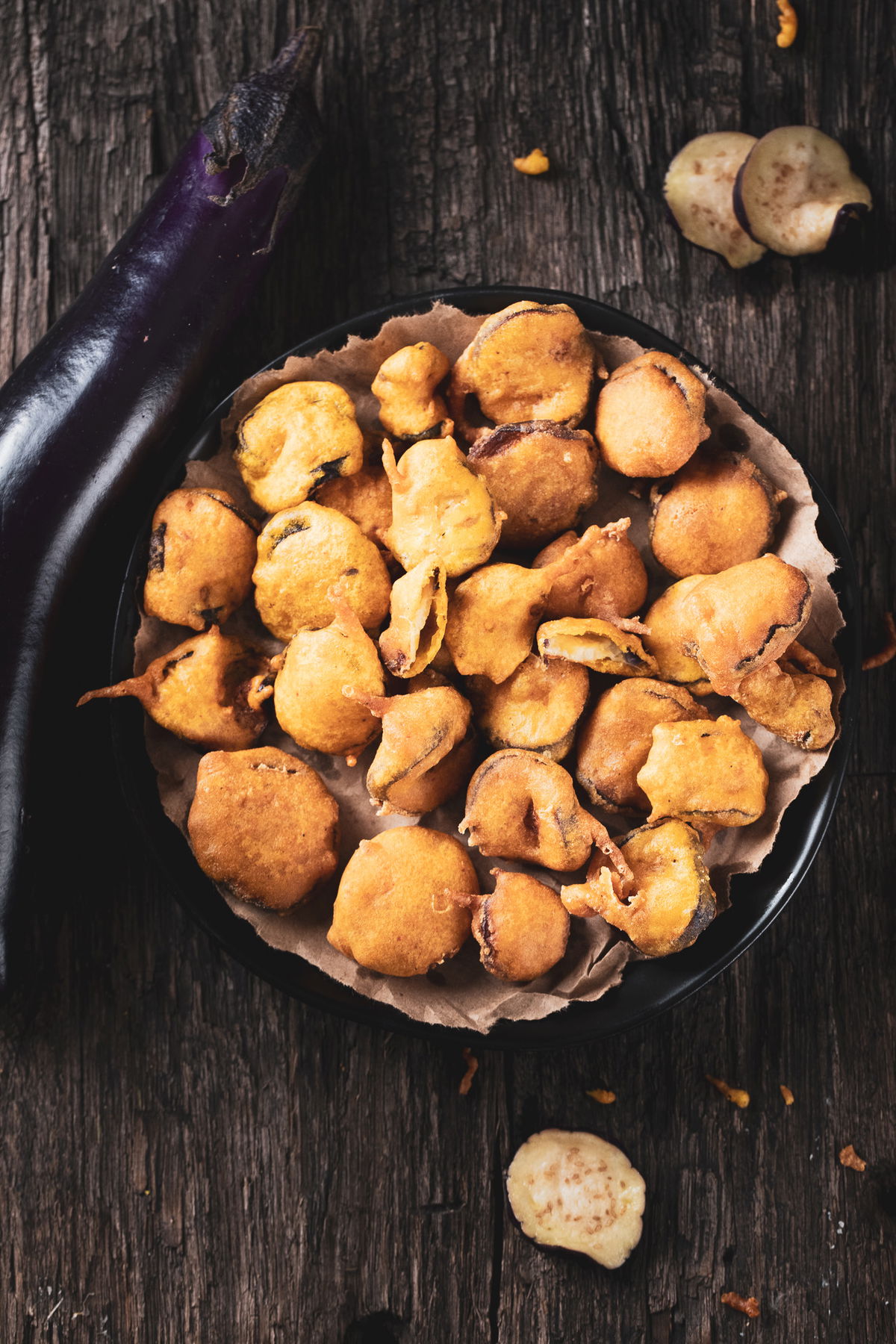
Ringan na Bhajiya | Eggplant Fritters
-

Quinoa Paneer Pulao
-
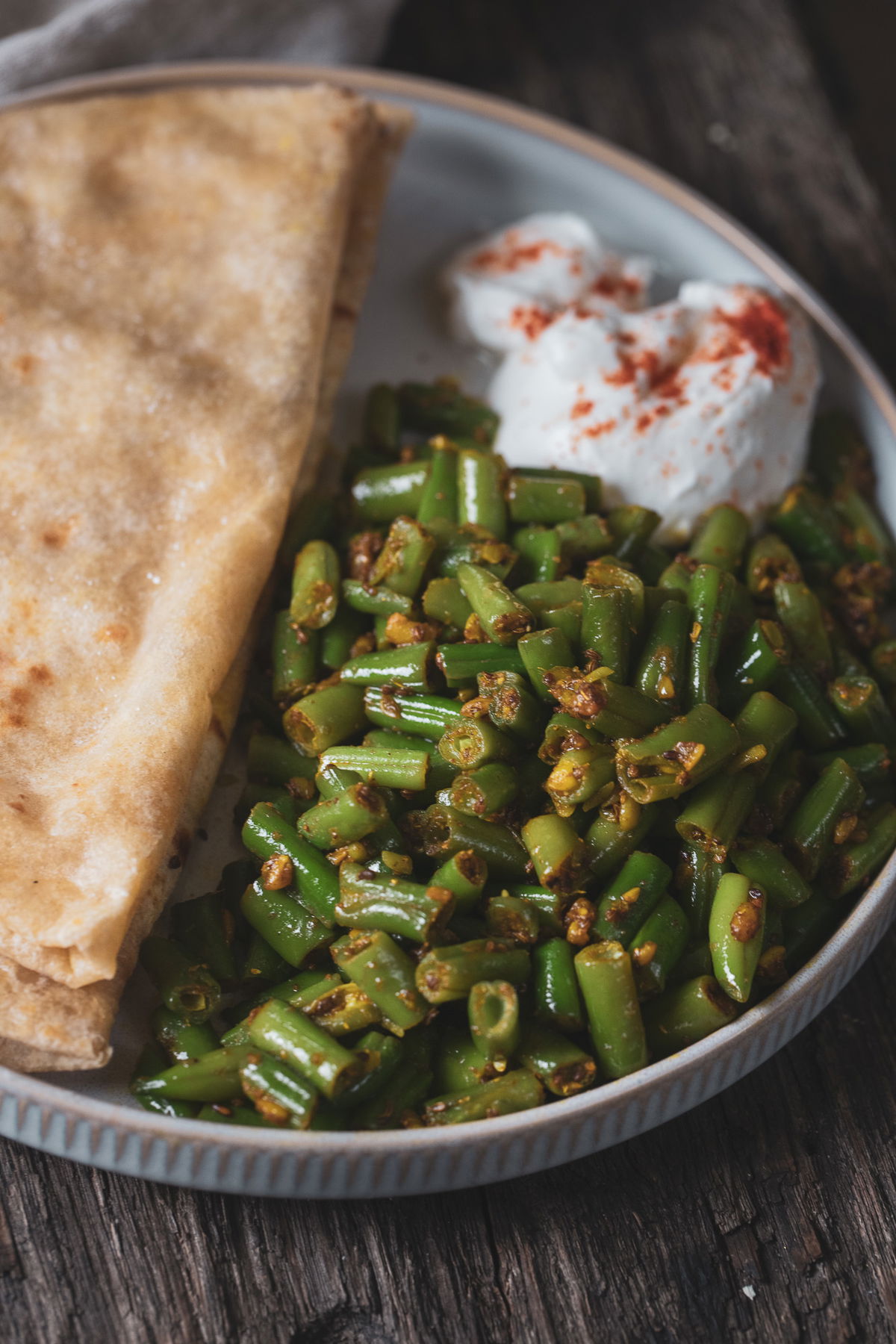
Fansi nu Shaak | Gujarati Green Beans Saute
-
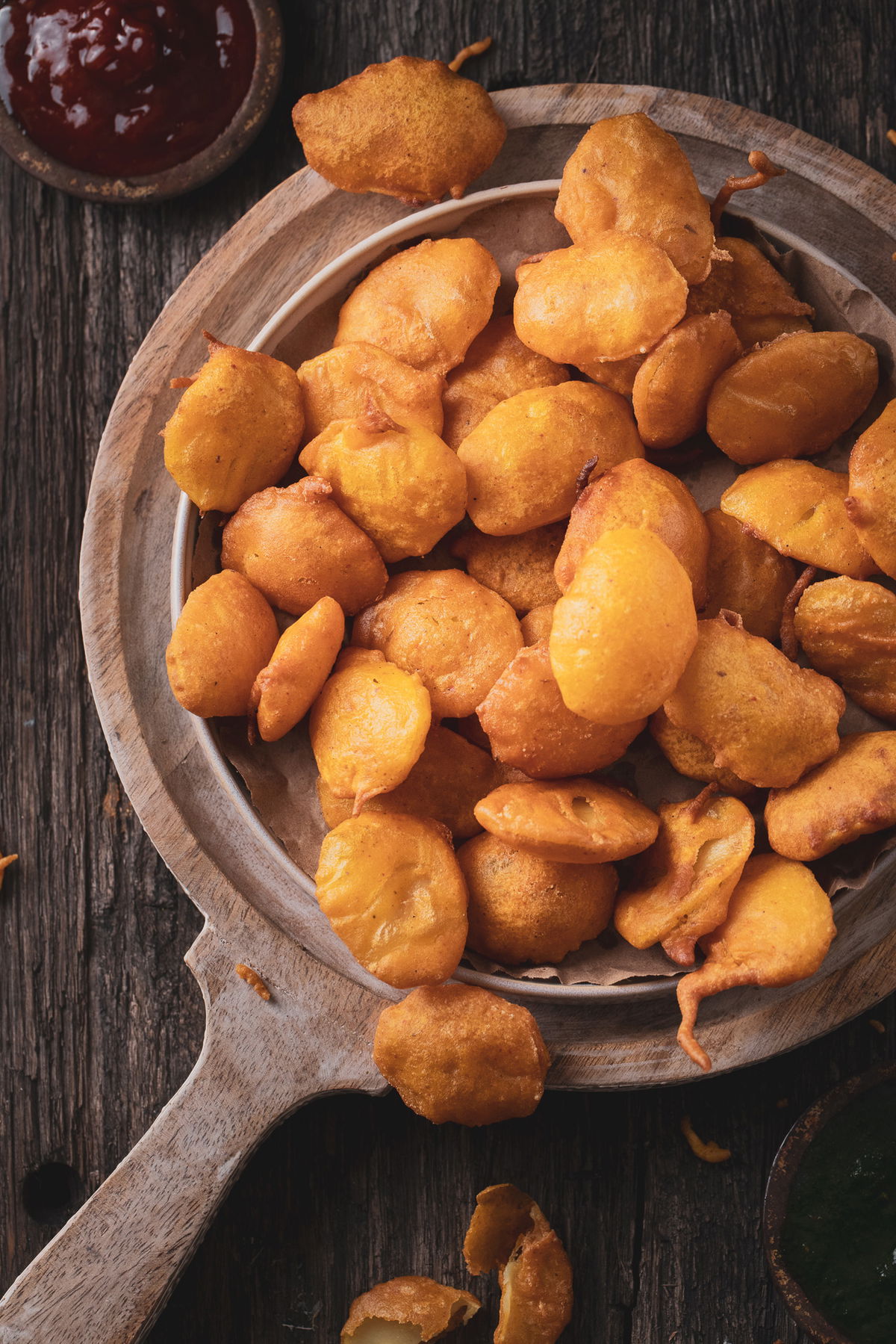
Batata na Bhajiya l Aloo Pakora (Indian Potato Fritters)
-
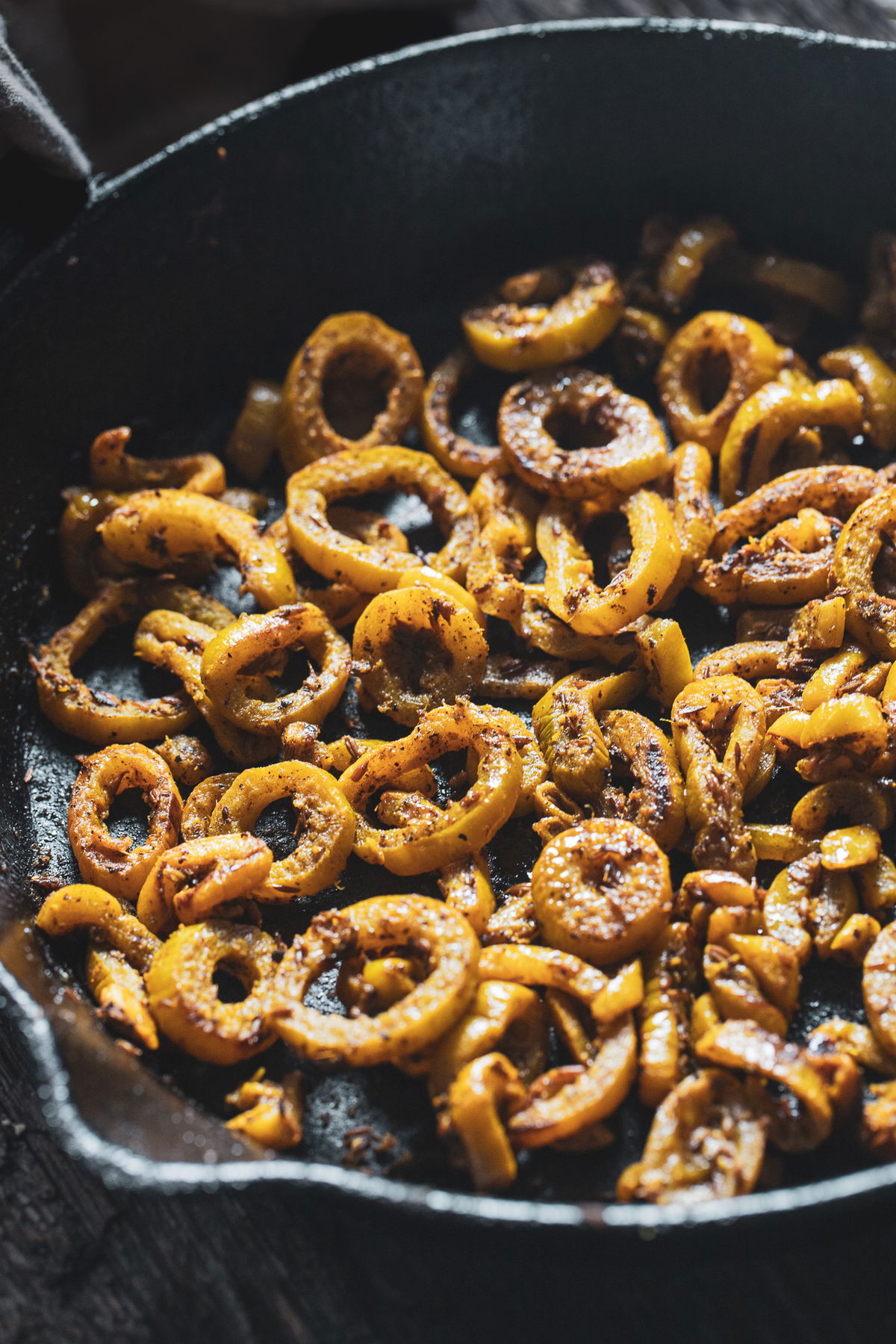
Snake Gourd Shaak (Ancient Indian Recipe)
-
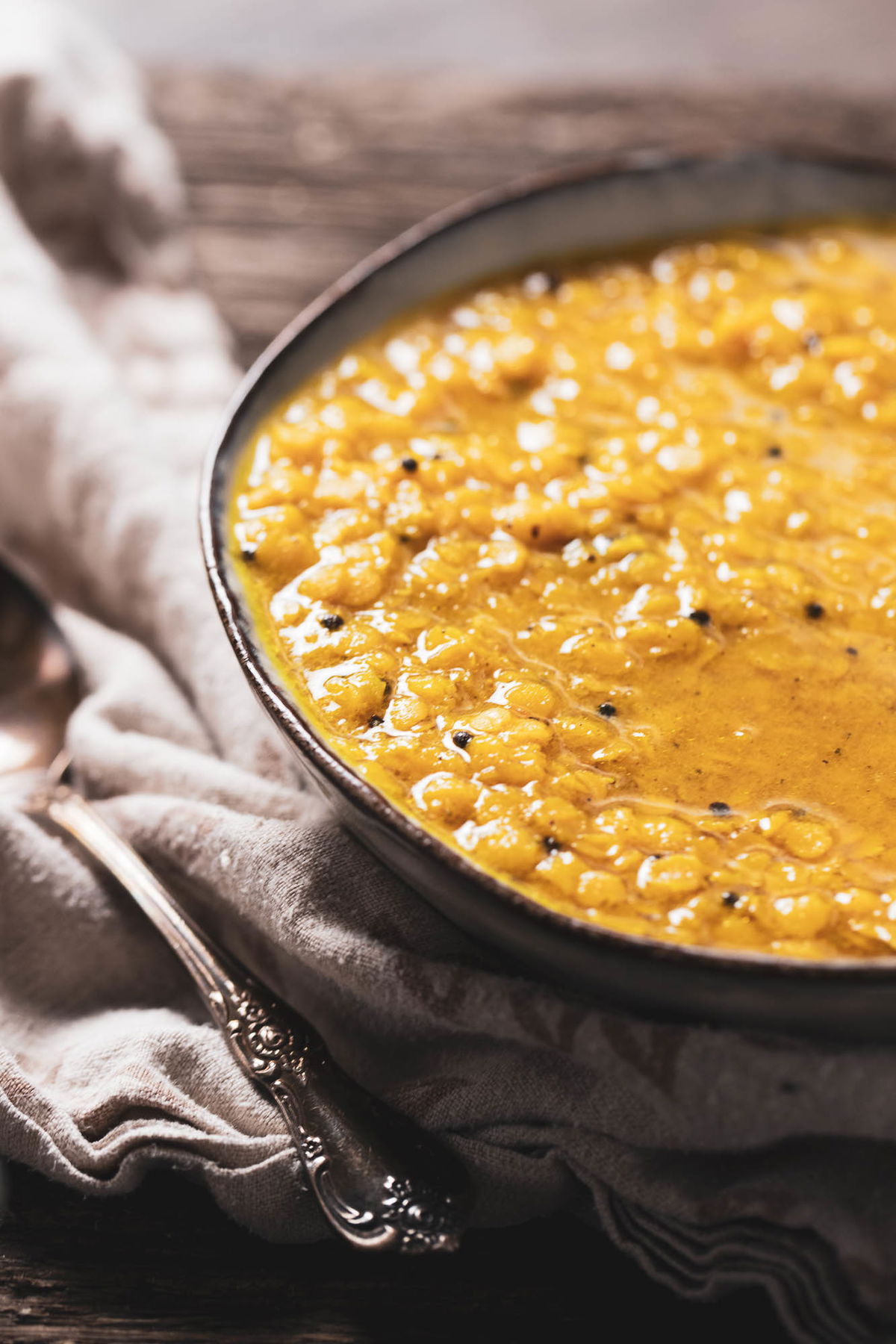
Stovetop Masoor Dal: An Ancient Indian Recipe
-
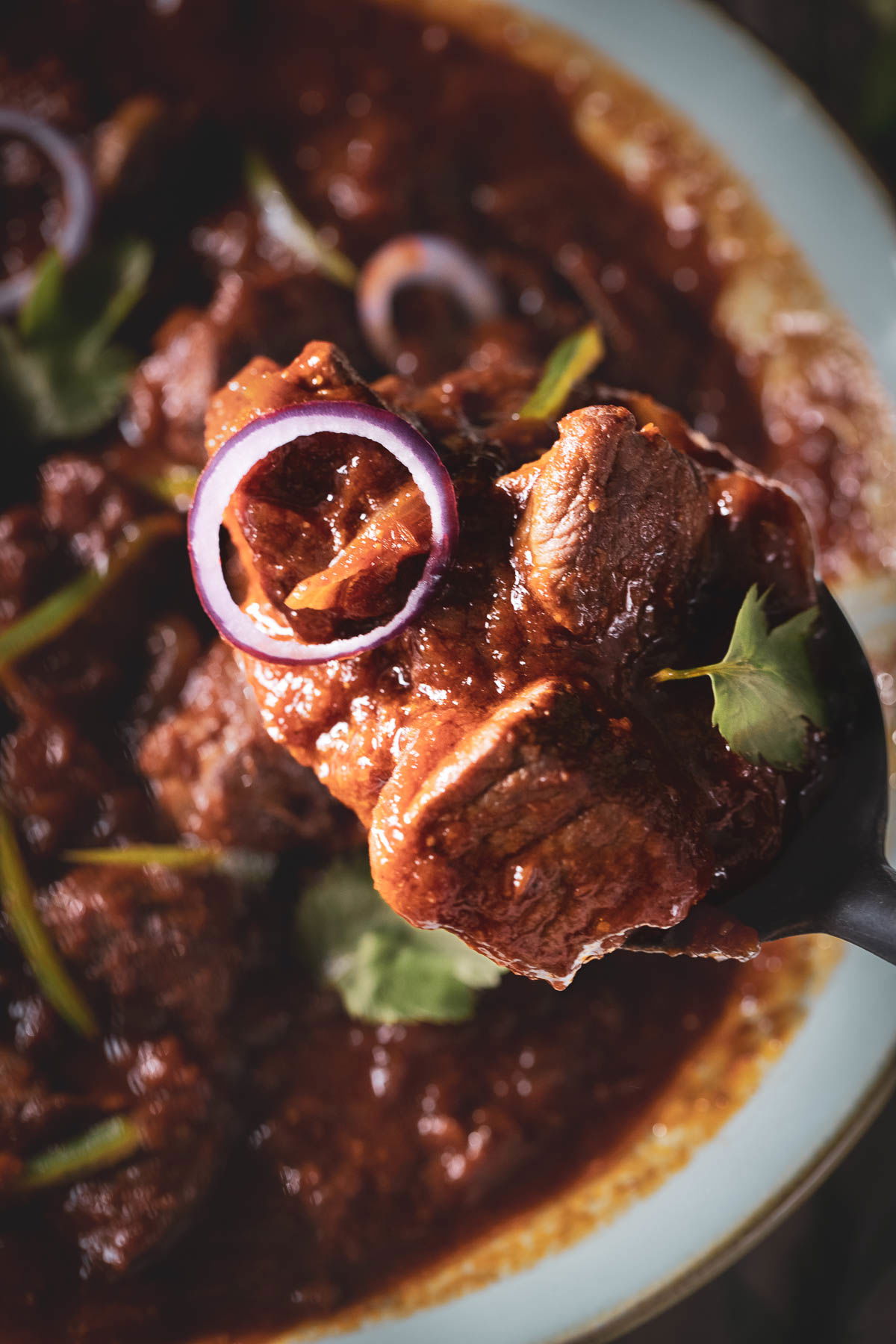
Bhuna Gosht | Instant Pot Lamb Bhuna
-

Turkey Berry and Potato Curry
-
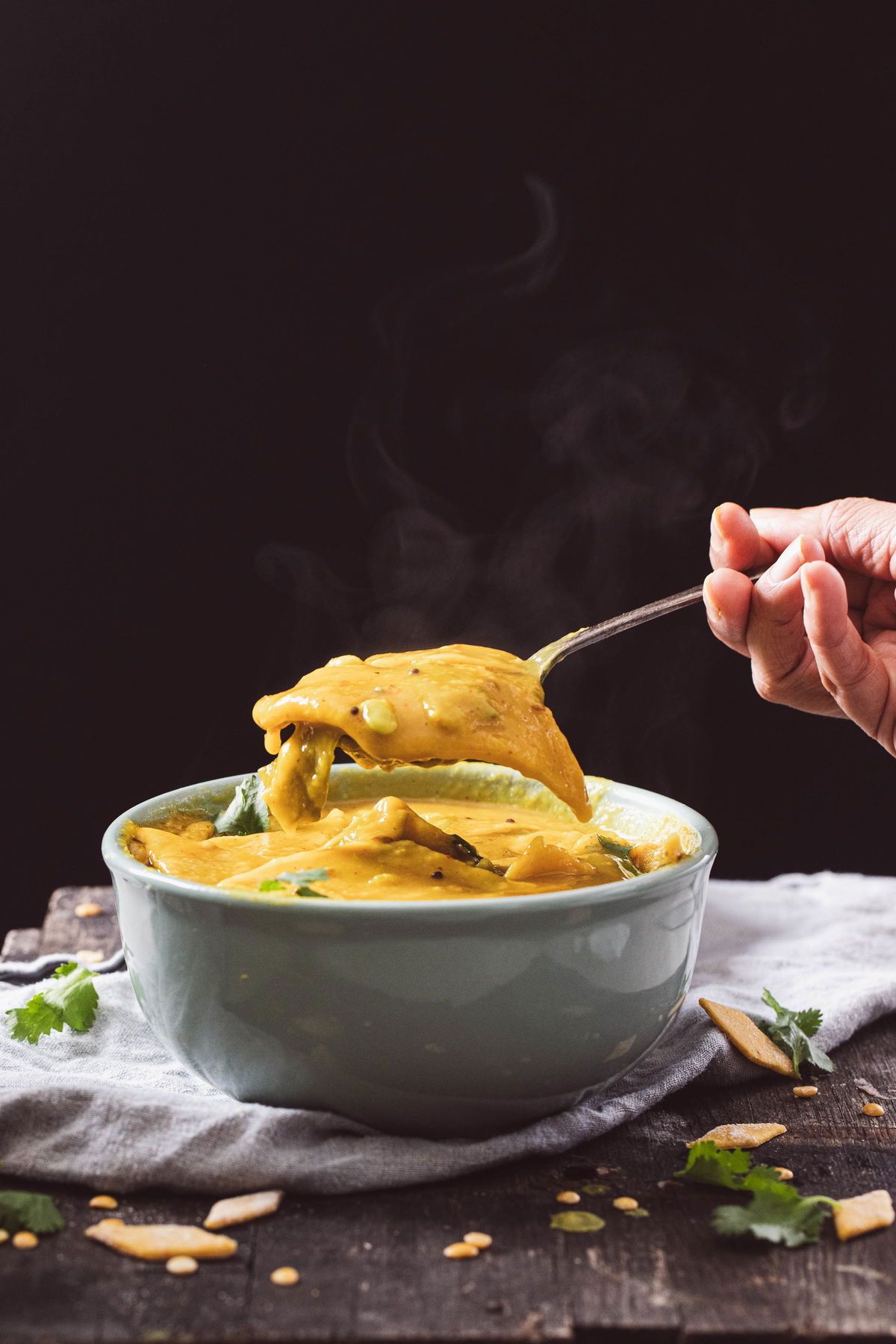
Authentic Gujarati Dal Dhokli | Lentil Soup with Dumplings
